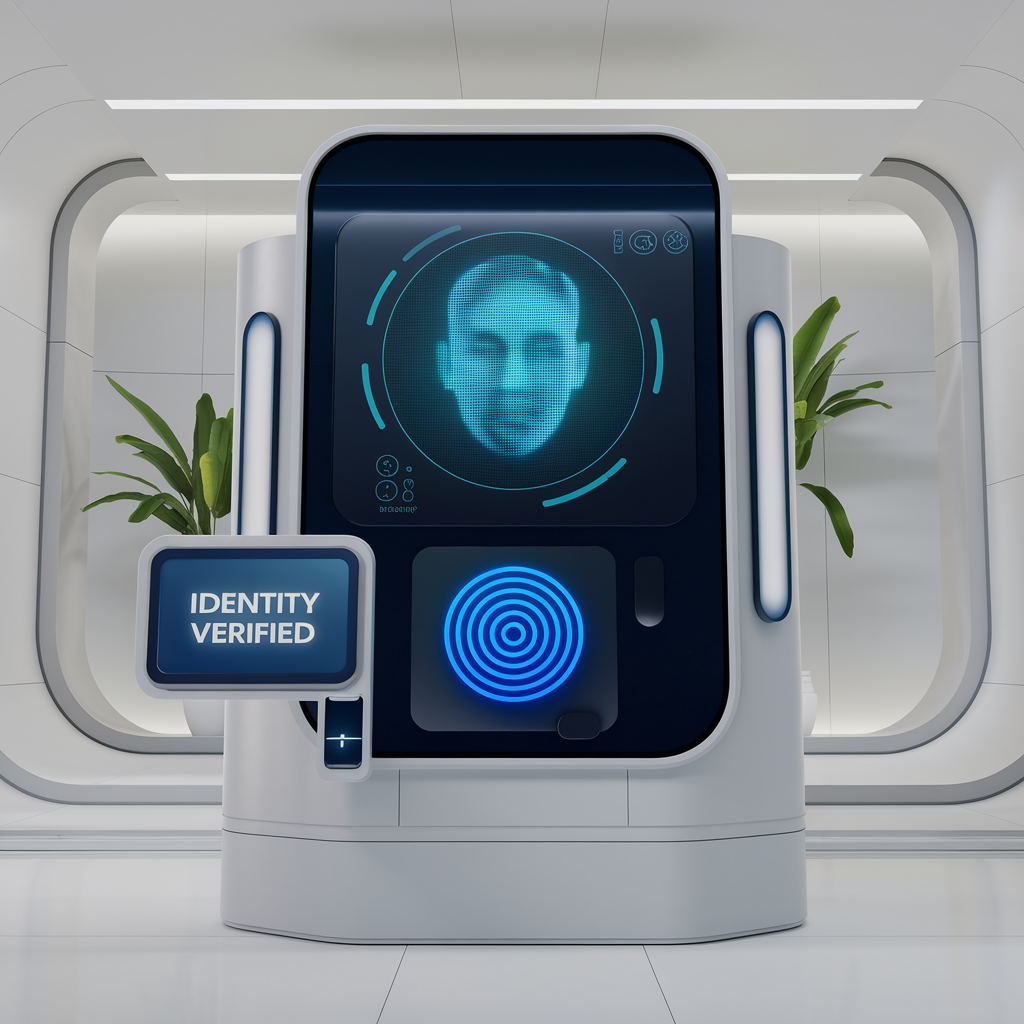With the advent of wearable devices, biometric identity verification is being portrayed as increasingly important in secure settings for digital environments and users’ efficient authentication. Although wearable technology has introduced biometric verification with a new wave of seamless and continuous verification methods for online identities, such wearables also promote convenience to the user while building security by allowing biometric authentication infusion into everyday technology.
The Role of Wearables in Biometric Identity Verification
Wearable devices such as smartwatches and fitness tracks have evolved from merely rudimentary styles to even using complex biometric verification capabilities such as fingerprint recognition, heart rate monitors, and even ECG readings. These wearable devices continue scanning biometric data that can be used in real-time identity verification and authentication processes. That means users will always be assured of their secured authentication for operations such as unlocking devices or even performing online transactions. In this way, companies may offer their users frictionless experiences without compromising on security through the embedding of biometric identity verification within wearables.
How Wearable Devices Enhance Identity Verification Online
An added advantage offered by wearable devices is during the online identity verification process. Since these devices are bound to stay in contact with the body of the user all the time, they continue to monitor the biometric signals: heart rate, and the temperature of the skin, which cannot be replicated. Biometric identity verification becomes much more secure than when using passwords or PINs. More than that, wearables can enable two-factor authentication by binding legacy credentials to biometric inputs for a multi-layered defense approach. The risk of unauthorized access is drastically reduced through this method of verification for online identity processes.
Convenience and Security in Biometric Authentication
The basic benefit of using wearable devices for authentication is the balance between convenience and security. For the most part, wearing devices can automate user authentication based on biometric characteristics without requiring those users to conduct manual input for credentials. For example, using fingerprint or facial recognition, a smartwatch will unlock an individual’s phone or log them into an online service instantaneously. The benefit of this is that it saves time and only the right people can gain access. While integrating biometric identity verification into wearable technology immediately provides users with enhanced convenience while still not compromising on considerable security protocols.
Real-World Applications of Wearables in Biometric Identity Verification
Real-life applications of wearable devices in biometric authentication are unlimited. Wearables are being used in the financial sector to authenticate the identity of a person while making online banking transactions and mobile payments. Healthcare professionals have started embedding wearable biometric authentication with their systems so that they can safely ensure access to medical records but protect patient data. Even in corporate settings, wearables are helping to provide secure access to controlled areas through employee identification based on biometric signals. The following apps discuss the ways through which biometric verification of identity by wearables is revolutionizing security across various sectors to make it easier for organizations and individuals alike to protect their information.
Challenges and Limitations of Wearables in Biometric Verification
However, despite the above benefits, challenges and limits are attached to making use of wearable devices in biometric identity verification. Some of the concerns include sensitive matters since most of the devices collect biometric data that may be hacked into or misused if not properly secured. There is also the challenge of the accuracy of the biometric authentication factors involving environmental changes, such as temperature shifts and user movement, which impacts the reliability of the data. Wearables still depend much on the battery life, and a dead device may even lock out a user to his accounts. These challenges, therefore, necessitate strong security frameworks married to cutting-edge innovation in wearable technology that is responsive and constantly evolving.
The Future of Wearable Biometric Authentication
Future biometric identity verification with wearables appears promising, considering the relatively rapid development in both AI and sensor technologies. Wearables that involve more advanced biometric authentication capabilities, such as multi-modal biometric verification, will be more common; multi-modal verification uses multiple biometric traits, such as voice, fingerprint, or even heart rate, for enhanced security measures. More importantly, biometric identity authentication is going to be even more integrated with other everyday objects, such as clothing and eyewear, raising ease of use and accessibility. Wearable devices will most definitely become a highly important part of the future when it comes to biometric authentication – further development of this technology will ensure increased security measures, as well as user-friendly solutions.


